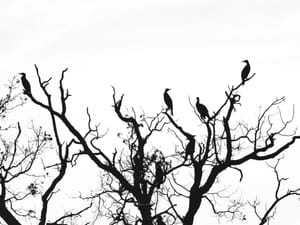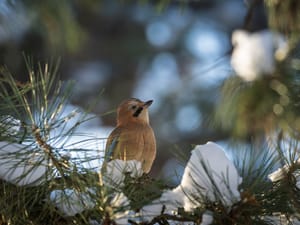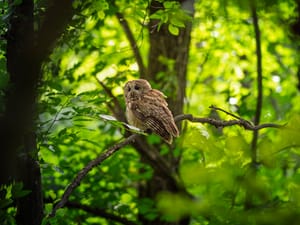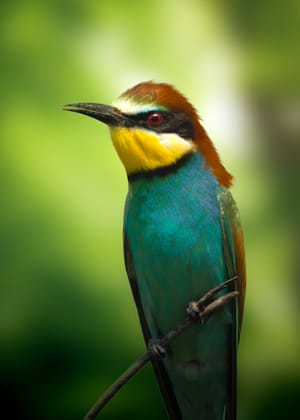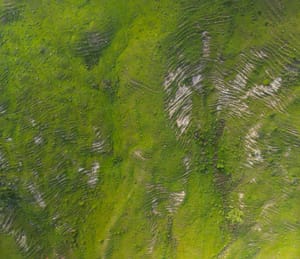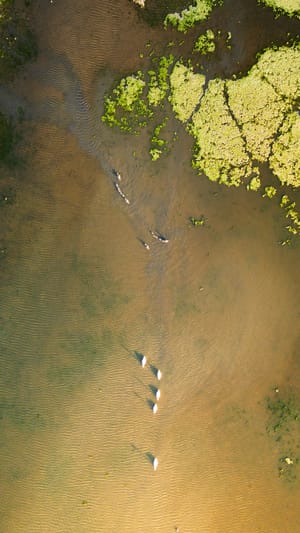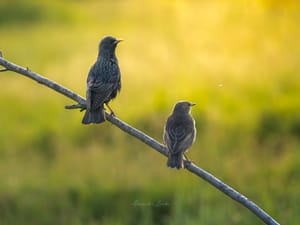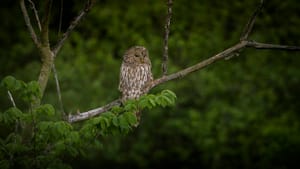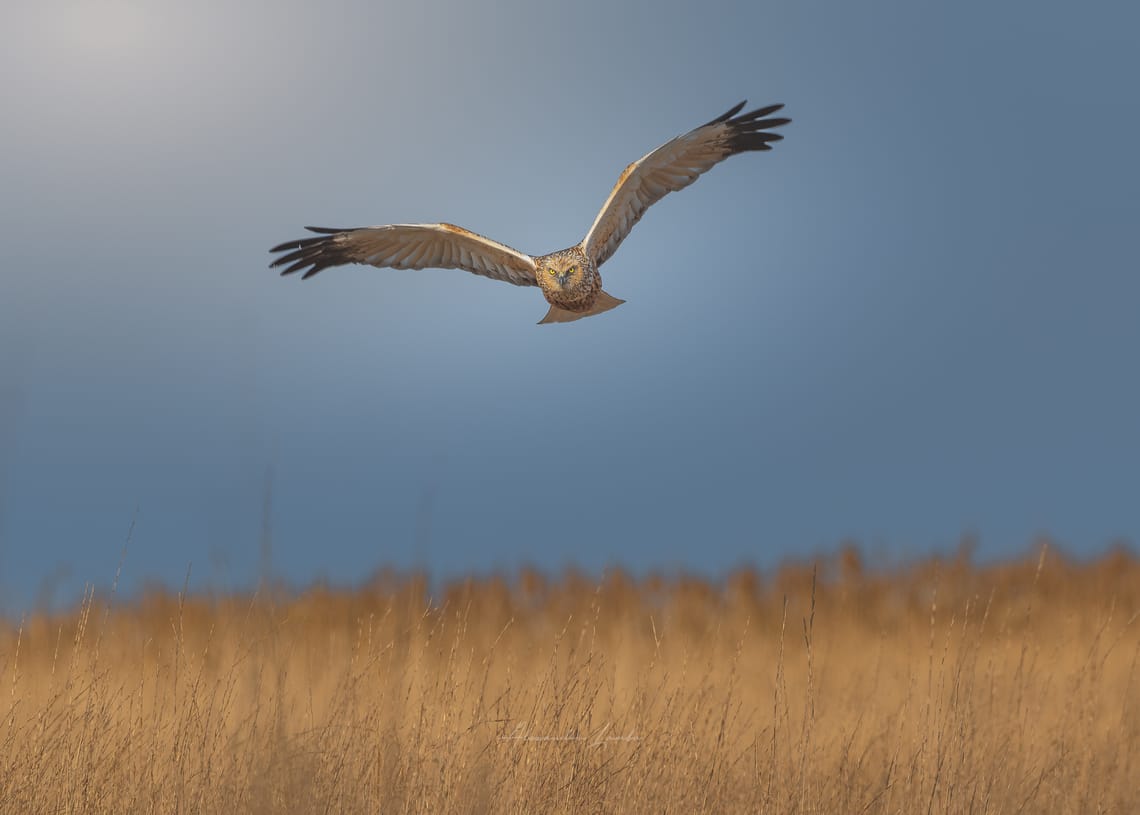
"Master of the Reeds" - Behind the Shot
Marsh harriers are the ghosts of wetland edges—appearing and disappearing among tall reeds with supernatural stealth. This individual had been systematically working the reed bed for over an hour, following hunting patterns perfected over thousands of generations. Watching raptors hunt teaches you patience; photographing them in perfect flight position teaches you the value of preparation meeting opportunity.
I'd positioned myself downwind of the harrier's preferred hunting corridor, understanding that these birds follow predictable routes when working productive territory. The key was reading the landscape from the bird's perspective—where would prey be most vulnerable? Where would hunting be most efficient?
The harrier's wing positioning reveals sophisticated flight control—the outer wing feathers spread like fingers to control air flow, the inner wing sections angled for maximum lift efficiency. Millions of years of evolution have perfected this flying machine for the specific demands of low-speed hunting over dense vegetation.
Watching harriers hunt reveals their incredible spatial memory—they remember productive locations from previous hunts and return to check them systematically. This individual was following routes it had established through weeks of successful foraging in this territory.
After three hours of patient observation, this single perfect moment justified every minute of waiting. The harrier held this exact position for perhaps two seconds—long enough to capture multiple frames, but brief enough to remind me that wildlife photography operates on nature's timeline, not human convenience.

